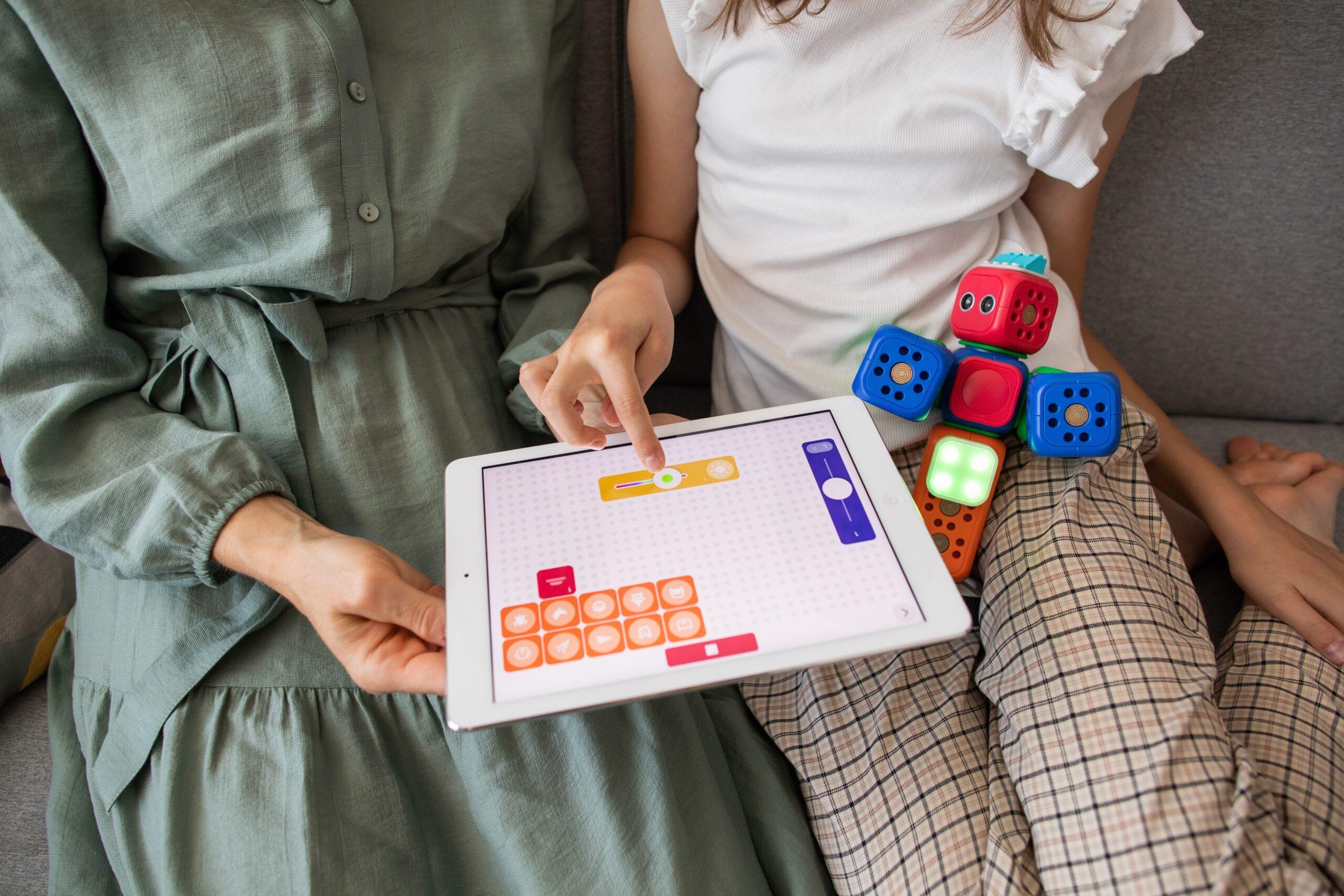It is becoming evident that the future of innovation in many industries involves math. Some of the most lucrative professions in finance, information technology and even research require a command in mathematics. Unfortunately, many students are scared of math and try to steer clear of it as they pursue higher education. Their fear is often justified by a poor performance on math exams throughout their elementary, middle and high school careers.
A fear of math even prevails in adulthood for many people— actual and fictional. Consider TV sitcoms. The tip calculator episode of Seinfeld portrays how we harbor math anxiety throughout life and have difficulty calculating a wait person’s tip.
The key to conquering this phobia is a acquiring a firm grounding in the fundamentals of basic computational skills. According to the article “Do the Math in Your Head!” that is published on the National Council of Teachers of Mathematics Web site: “Mental math provides both tools for solving problems and filters for evaluating answers. When a student has strong mental math skills, he or she can quickly test different approaches to a problem and determine whether the resulting path will lead toward a viable solution.”
Fundamentals are important when trying to master any skill. A basketball player must be able to dribble a basketball and shoot a lay-up shot before he can dunk. Similarly, a student must be able to compute and be comfortable with numbers before that student masters abstract math concepts.
Recent studies have shown that using an abacus, an ancient mathematical tool, may be the optimum way to develop and improve a young student’s ability to do mathematics. The residual effect of this is improving a child’s concentration and visualization abilities. Abacus learning is part of the curriculum in most Asian countries, where students are proven to excel in math compared to their counterparts on other continents. If you search the Internet for “abacus” and “right brain” or “brain study,” you can access numerous studies on how abacus learning positively impacts children’s cognitive development.
An abacus provides a visual way of learning math, and most kids love it. The Japanese version of the abacus is called soroban, which is considered the simplified version. Each number is represented in the soroban by a bead or combination of beads. There are rules for adding, multiplying, subtracting and dividing numbers. Children initially learn the rules of using the abacus for mathematics and slowly graduate to manipulate the beads mentally without the aid of the abacus— hence the name mental arithmetic. Imagine how being able to mentally compute and manipulate large sets of numbers can enhance a person’s concentration and visualization skills!
As a pre-requisite to working with the abacus, children must understand basic number concepts, be able to count and know the partners that make up the numbers up to 10. For example, considering that a partner of 2 is 3, the equation is 2+3 = 5. Students also need to learn what each bead represents in the abacus. As children learn about place value, they can reinforce this concept with the abacus. As kids become comfortable with all the partners of the numbers up to ten, they can set simple number statements on the abacus.
Children should start using the abacus at a young age, and they should learn to represent numbers and eventually manipulate the numbers. Students also need the manipulative skills required to operate the abacus itself. Some teachers prefer starting young children on the enlarged abacus, because of the larger beads and the greater space between the beads. Students can then make the transition to the smaller abacus when appropriate. There are rules for every mathematical operation that need to be learned.
Teachers, including parents who aspire to teach their kids, should be proficient in the use of the abacus themselves before they can start teaching it. Conveying a positive attitude about the use of the abacus and making it fun for children are crucial elements. Parents and teachers should be creative and musical in teaching some of the concepts.
Parents can teach the abacus to their kids by buying books about the use of the abacus for mathematics and the Japanese form of the abacus. Reading such books and Web sites on the topic, parents become familiar with the concept of abacus learning and can introduce the abacus as a toy to kindle children’s interest in and understanding of math.
If you want to try abacus learning with your child, without buying an abacus, search for virtual soroban on the Internet and try to get a general understanding of representing numbers and manipulating them for basic computation. New concepts can be introduced on your own time, allowing you to share the basics of math with your children in a fun and stimulating way. As with learning or teaching any skill, practice makes perfect.
In the absence of time and energy to teach your kids the abacus, you can send your children to one of the abacus programs in your area. While many abacus schools exist across the country, it’s preferable to enroll your children in an accredited institution.




